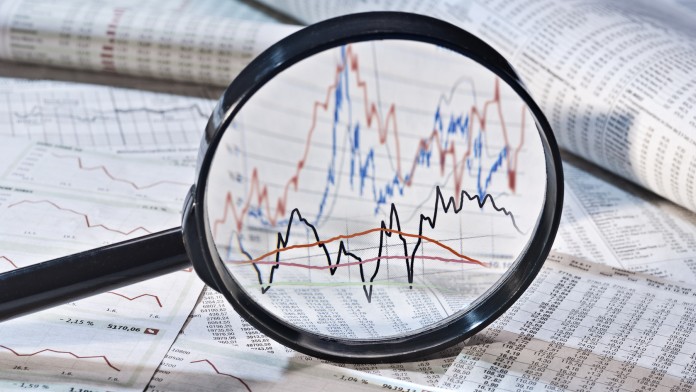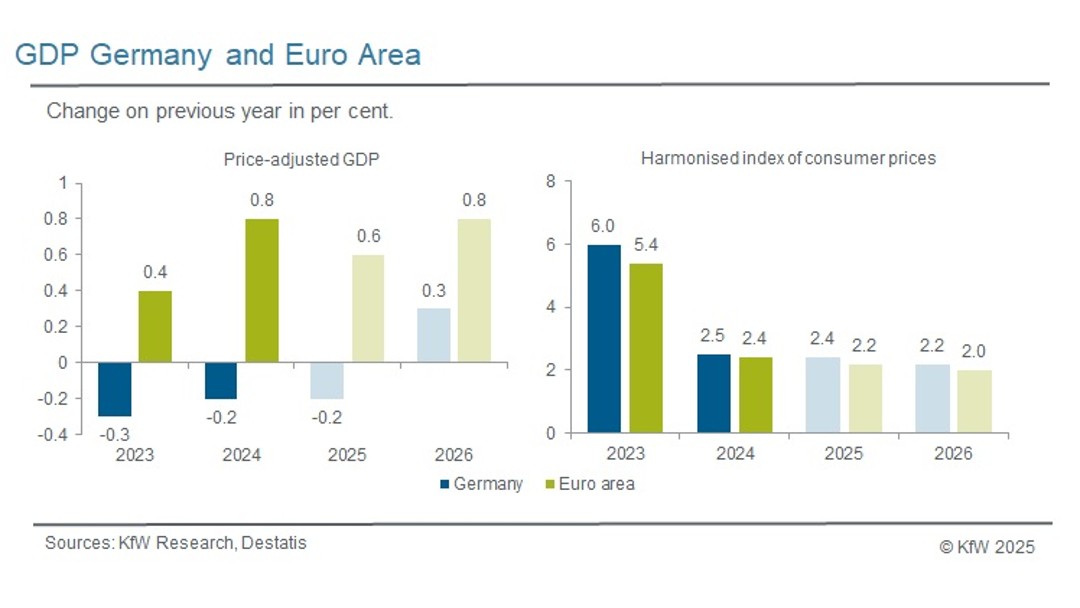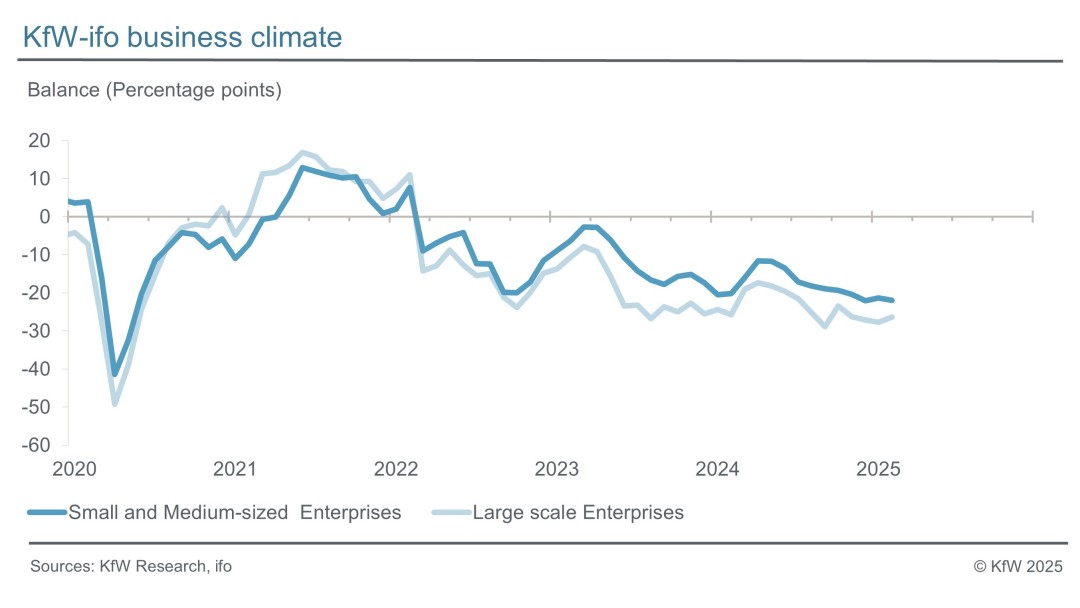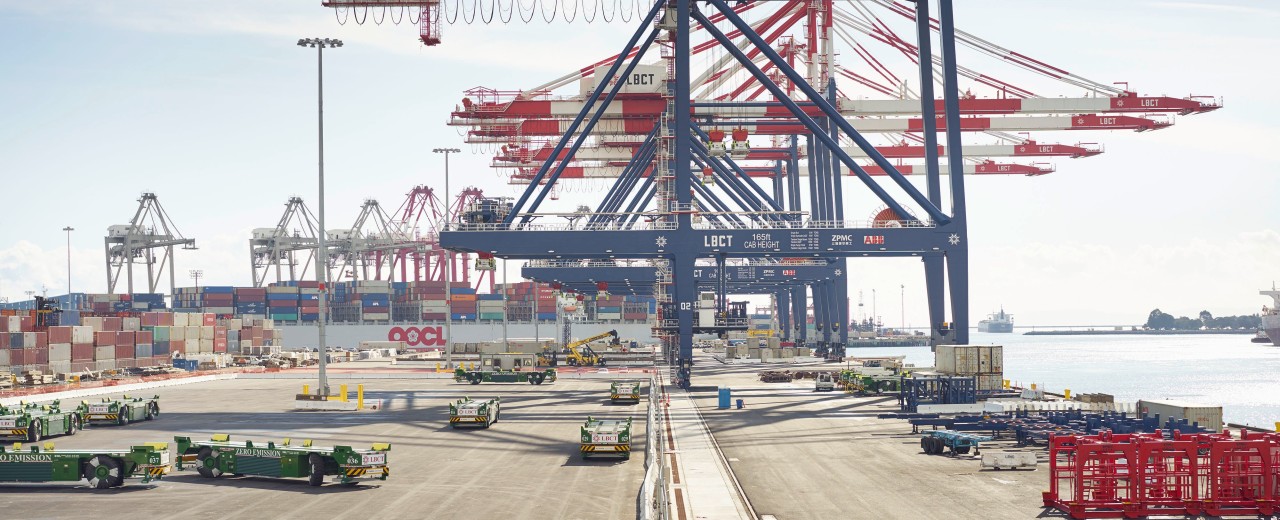Economic Outlook
Comments of KfW Research
23.12.2025 | US GDP Q3 2025

“The US economy clearly demonstrated its resilience with an annualized growth rate of 4.3 percent in the third quarter. After a volatile first half of the year, many signs point to a marked stabilization of the US economy. This allows markets to enter the holiday season with more confidence following a turbulent year of trade policies. We also expect solid US economic growth in the coming year. Although many households still feel the burden of price increases from recent months, the recently easing inflationary pressures offer hope for relief. Corporate investments are more cautious than in the spring but are expected to gain some momentum again due to the investment commitments from the trade deals. Despite global uncertainties and tariff costs that have yet to be fully felt, the US economy remains on track.“
Dr Stephan Bales
German Economy / European Economy
KfW Business Cycle Compass Germany / Eurozone
Economy in a standby position
26 November 2025
Although the upswing has not yet begun, the German economy is likely to now be in pole position. After two years of recession, moderate growth of +0.2% can be expected in 2025. It is then likely to even accelerate significantly in 2026, driven by rising government expenditure and an unusually large number of working days. Our growth forecasts for Germany for 2025 and 2026 remain unchanged at +0.2 and +1.5%. The economy in the euro area is growing at a robust pace despite the US tariffs which were increased in the spring. We have revised our forecast for 2025 upwards by 0.2 percentage points to 1.4%. We now expect slightly stronger growth of 1.3% in 2026 as well. Lower energy prices will keep the lid on price rises in 2026, particularly at the start of the year. We maintain our inflation forecasts for 2026 at 2.0% for Germany and 1.9% for the euro area.

KfW-ifo SME Barometer
SMEs play a decisive role for the growth and prosperity of an economy. Using its unique surveys, studies and statistics, KfW Research analyses the needs of SMEs in Germany. The KfW-ifo SME Barometer indicators are based on a scale-of-enterprise evaluation of the ifo economic surveys, from which the well-known ifo business climate index is calculated, among others. Around 9,500 businesses, including around 8,000 SMES, from manufacturing, construction, wholesale, retail and services (excluding lending, insurance and state) are polled monthly regarding their economic situation.
Tougher than expected
28 November 2025
SME business sentiment was treading water in November. It rose minimally from -14.6 to -14.5 balance points. Situation assessments dipped slightly while expectations rose somewhat. At the same time, the ongoing upward trend of business expectations is giving hope that growth momentum will pick up soon.

Contact
KfW Research, KfW Group, Palmengartenstrasse 5-9, 60325 Frankfurt, Germany,




Share page
To share the content of this page with your network, click on one of the icons below.
Note on data protection: When you share content, your personal data is transferred to the selected network.
Data protection
Alternatively, you can also copy the short link: https://www.kfw.de/s/enkBbw3W
Copy link Link copied